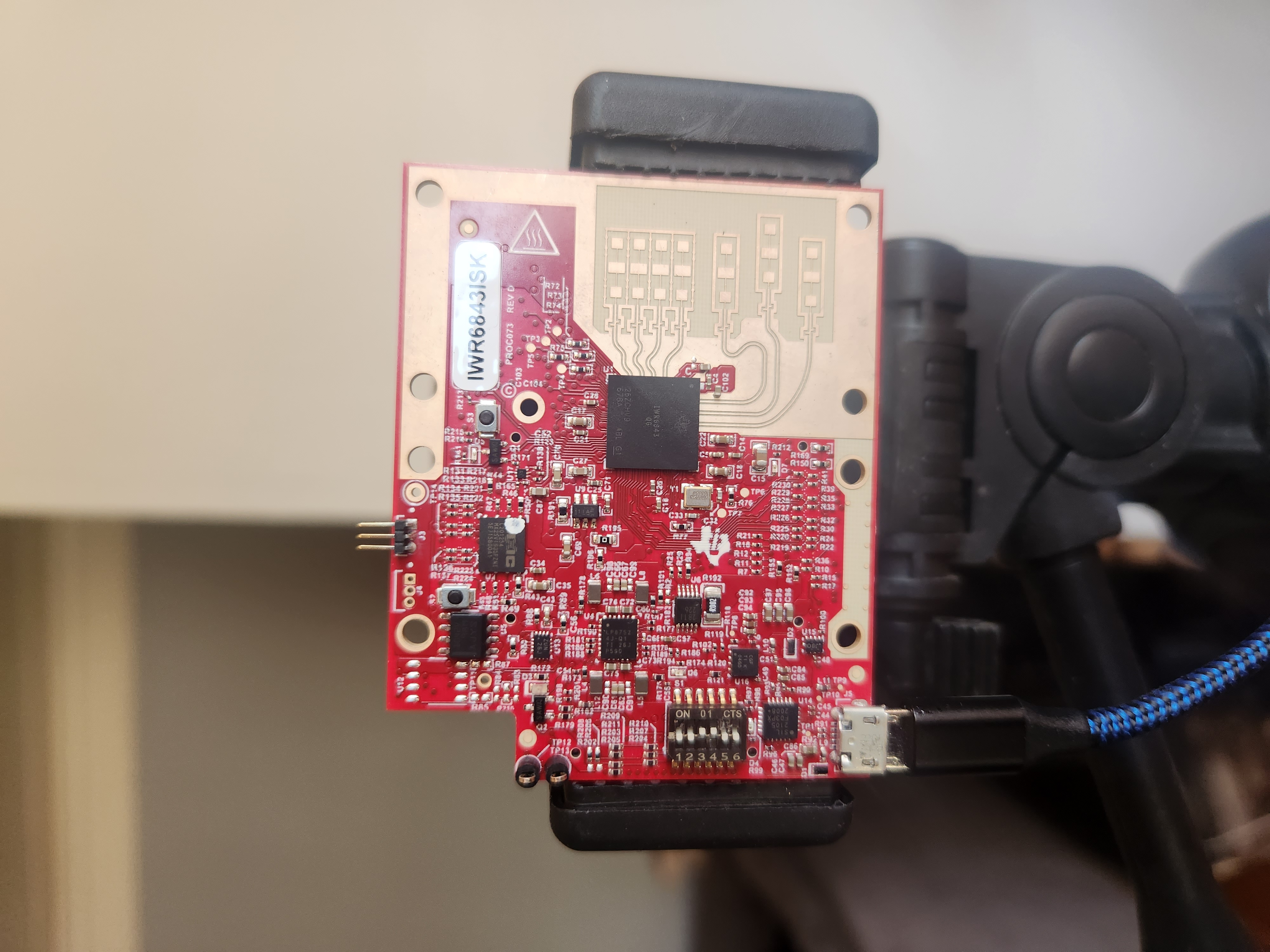I always though X,Y,Z data Z was the depth, however in the parser scripts it seems as though the Z channel is the elevation or Y in a cartesian plane. It seems strange and defies convention. If I rotate the antennas, tx so they are oriented vertically, should I swap the x and z coordinates in parser_mmw_demo.py or will this throw off the calculations? I am intentionally doing this to try and capture as much vertical space as possible. So if you configure the antennas in 2D mode, you will not get elevation data (obviously), just the distance in the x axis and y the depth. Is this a mistake in the code or should these be treated as somewhat arbitrary variables?
I need to some more testing but I'm also seeing some wierd data like the sign of the degrees of elevation flipping, it might be related to the math in the parser_mmw_demo.py
What I'm doing as a test is facing a wall, putting an object on a string and swinging it like a pendulum a couple of feet in front of the radar. I parse the data and look at the results. Do I need to calibrate sensor. Where are instructions to do this ?

